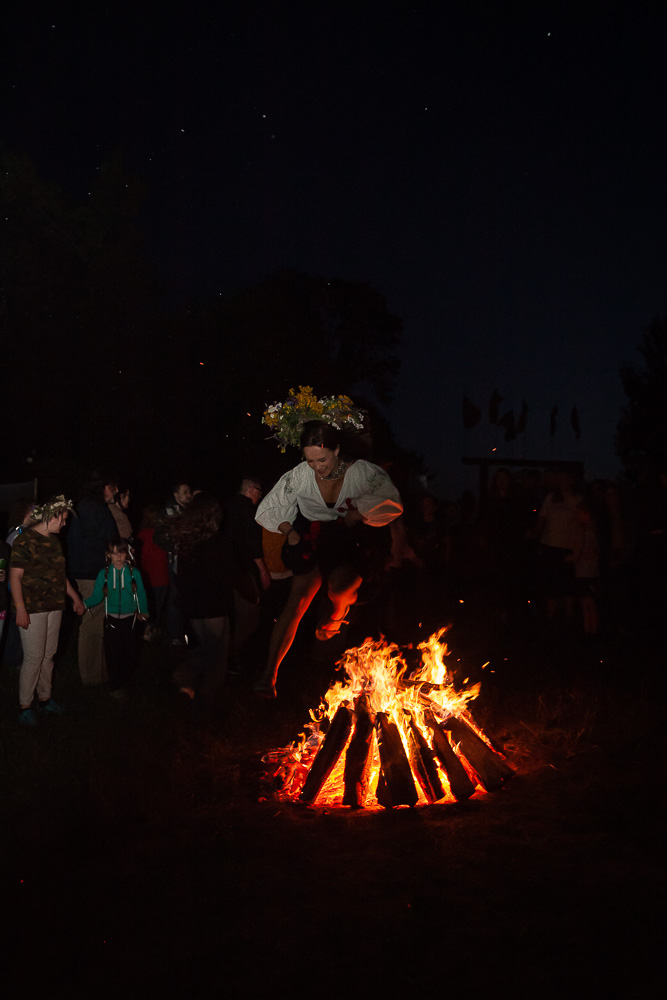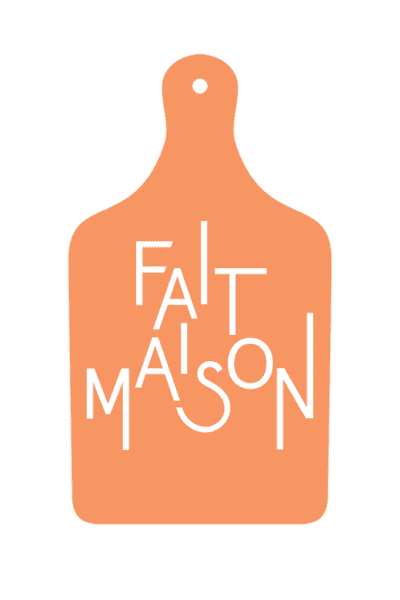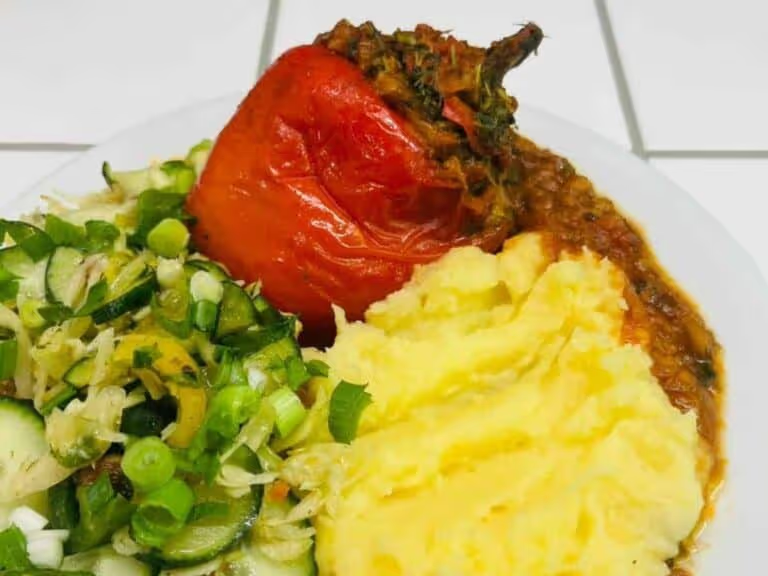Ivan Kupala — the Night When Nature Speaks

Ivan Kupala — the Night When Nature Speaks
This is not just a holiday — it is a mystical space between worlds, where grass whispers, water heals, and fire cleanses. Ivan Kupala is one of the deepest and most
poetic traditions of Ukrainian culture, passed down from pre-Christian times to the present day.
The photos for this publication are kindly provided by the Ivan Honchar Museum, which organized this year’s celebration with rituals in Vytachiv near Kyiv.*
.png)
When the Sun “Plays” — The Moment of Power
The holiday is traditionally celebrated around June 21–22, during the summer solstice — the sunniest day and the shortest night of the year. People believed that at this moment, the sun emits especially strong energy — the life force of nature. This moment was considered a time of unity between humans and nature and a special power of all living things.
In some regions, particularly in Polissia, Ivan Kupala celebrations took theatrical forms: they gathered a symbolic Kupala tree, decorated it, and held round dances with songs symbolizing fertility and the cycle of life.
Water — Washing and Divination
The ritual of washing with dew was practiced at dawn, when girls went to the fields and washed their faces with “Ivan’s dew,” believing it had healing properties for
beauty and health. Floating wreaths on the water was another important ritual. Girls wove wreaths from field herbs (mint, thyme, St. John’s wort, wormwood), decorated them with candles, and set them afloat on rivers or lakes. It was believed that one could divine their fate by the wreath’s movement:
– If it floated straight — a happy life awaited;
– If it spun — love would come, but not soon;
– If it sank — no marriage was expected the following year.
In some places, boys caught the wreaths — this symbolized “catching their fate” and showing affection for the girl. Wreaths could be specially decorated so boys could recognize them. In certain traditions, boys and girls agreed whose wreaths to catch as part of ritual courtship.

Fire — Cleansing and Union
Jumping over the fire was the central ritual of celebrations throughout Ukraine. On hills or near water, large bonfires were lit. Usually, these were made of dry brushwood, reeds, or sometimes straw. The height of the bonfire could reach 2–3 meters. Sometimes the fire was ignited by rolling a burning wheel down the hill —symbolizing the sun’s movement. Young people jumped individually or in pairs. A jump in pairs symbolized testing feelings — if the hands did not separate, the couple was considered happy. Solo jumps were meant for cleansing from troubles and illnesses. Fire was considered a force that burns old grievances and diseases, renewing the person.
In some regions, there was a custom to burn straw wheels or Kupala dolls, symbolically ending a cycle and preparing for a new one.
Herbs and Potions — The Magic of Nature
On the night of Ivan Kupala, the most valuable medicinal and ritual herbs were gathered: thyme, savory, St. John’s wort, wormwood, cornflowers, and mint. It was
believed their power was strongest that night — they protected, healed, and brought goodness. Mother-of-God herb served as a talisman and was kept near icons. Burdock and bear’s ear were used for weaving wreaths and sashes — symbols of protection.

The Fern Legend — The Mysterious Symbol of Kupala Night
One of the most mystical and enigmatic parts of the Ivan Kupala holiday is the legend of the fern flower. According to folk beliefs, only on the night of Kupala does
the fern bloom with a magical flower, rare and invisible at other times. Whoever manages to find this flower will receive great luck, wealth, and knowledge of all the world’s secrets.
In a classic folk record from Folk Tales (1846) by Marko Vovchok, the belief is conveyed as follows:
"Whoever catches it, whoever picks it, will know everything in the world, will open
even enchanted locks without keys, will easily get all the treasures..."**
The legend has deep metaphorical meaning — it represents a search not only for material treasures but also for inner truth, inspiration, and strength. However, the path is not easy: it was said that evil spirits guard the flower, testing a person with fear, visions, and sounds.
.png)
Ivan Kupala Today
Today, the holiday is reborn in villages and cities across Ukraine. Traditions of singing, dancing, weaving wreaths, jumping over fires, and gathering herbs are being
revived. This is not only a cultural renaissance but also a spiritual quest of modern people for connection with nature, cleansing, and renewal. Celebrations retain deep symbolism but acquire new meanings — especially against the backdrop of difficult events in the country, where Kupala becomes a symbol of unity, hope, and strength.
* Kupala in Vytachiv is a revival of ancient Kupala traditions — a joint initiative of the Ivan Honchar National Centre of Folk Culture and the Vytach bakery, aimed at preserving cultural heritage and supporting the Ukrainian Armed Forces.
**Quote from the Fern Flower Legend — from the work: Folk Tales (Marko Vovchok, 1846)



